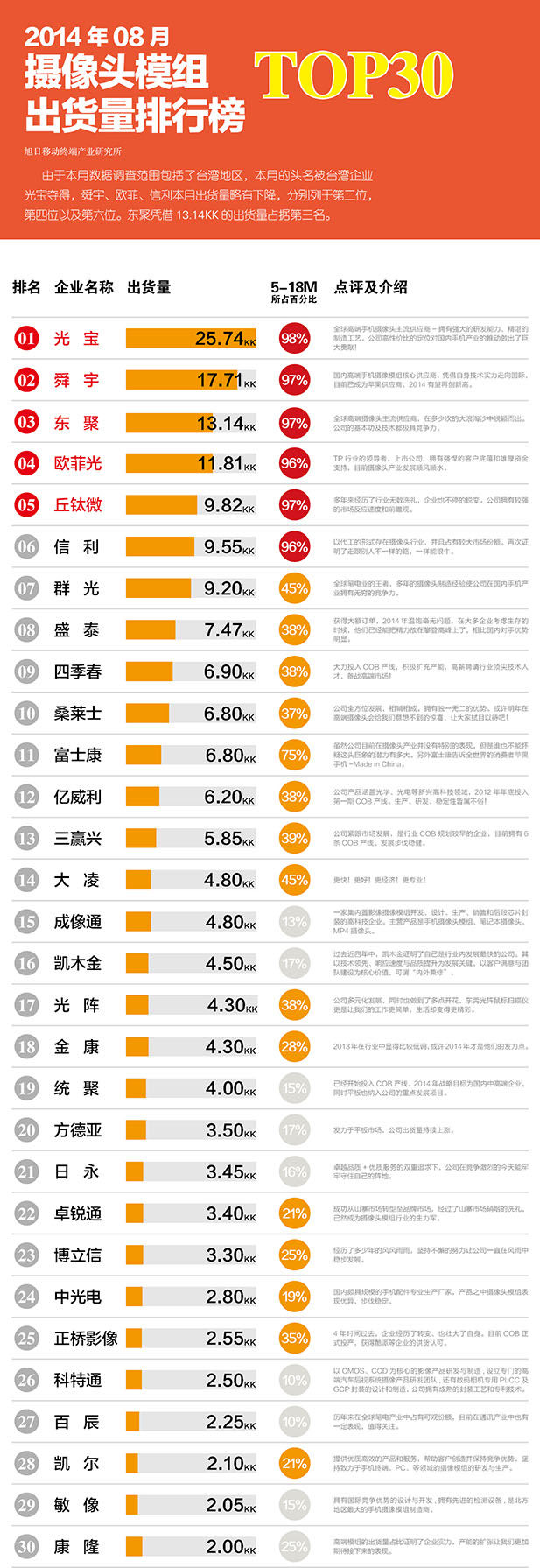Remember the following nine points when using ultrasonic equipment correctly
1. Understanding ultrasound
Ultrasonic waves can be divided into three types, namely infrasound waves, sound waves, and ultrasonic waves. The frequency of infrasound waves is below 20Hz; The frequency of sound waves is 20Hz~20kHz; The frequency of ultrasound is above 20kHz. The infrasound and ultrasonic waves are generally not audible to the human ear. Due to its high frequency and short wavelength, ultrasound has good directionality and strong penetration ability, which is why ultrasonic cleaning machines are designed and manufactured.
2. How ultrasonic waves complete cleaning work
Ultrasonic cleaning is the use of the socialization, acceleration, and direct inflow effects of ultrasound in liquids to directly and indirectly disperse, emulsify, and peel off the dirt layer, achieving the cleaning purpose. Currently, cavitation and direct inflow are more commonly used in ultrasonic cleaning machines.
(1) Cavitation effect: Cavitation effect refers to the high-frequency transformation of ultrasonic waves into liquids through the interaction of compression force and pressure reduction at a rate of more than 20000 times per second. During the pressure reduction process, a phenomenon of vacuum core bubbles is generated in the liquid. Under the compression force, the vacuum core bubbles generate a strong impact force when crushed by pressure, thereby peeling off the dirt on the surface of the cleaned object and achieving precision cleaning.
(2) Direct inflow effect: The phenomenon of ultrasonic waves flowing along the direction of sound propagation in a liquid is called direct inflow. When the sound wave intensity is 0.5W/cm2, the naked eye can see a straight inflow, generating flow perpendicular to the vibrating surface, with a flow velocity of about 10cm/s. Through this direct inflow, the micro oil and dirt on the surface of the cleaned object are stirred, and the cleaning solution on the dirt surface also generates convection. The solution that dissolves the dirt mixes with the new solution, accelerating the dissolution rate and playing a significant role in the transportation of the dirt.
(3) Acceleration: The acceleration generated by the propulsion of liquid particles. For high-frequency ultrasonic cleaning machines, the cavitation effect is not significant. At this time, the cleaning mainly relies on the acceleration of liquid particles under ultrasonic action to collide with particles for ultra precision cleaning of dirt.
3. What is the principle of ultrasonic cleaning machine
Ultrasonic transducers convert high-frequency oscillating electrical signals into high-frequency mechanical oscillations, radiating in the form of longitudinal waves in the cleaning solution. During the half wave period of radiation wave expansion, the density of the cleaning solution is disrupted and countless diameters ranging from 50 to 500 are formed μ Bubbles of m. This type of bubble is filled with solution vapor. During the compressed half wave period, the bubble closes at a velocity, producing a local hydraulic impact of hundreds of Mpa. This phenomenon is called the "cavitation" effect. Under the continuous action of the "cavitation" effect, dirt on the surface or hidden areas of the workpiece is burst and peeled off. At the same time, under the action of ultrasound, the permeation effect of the cleaning solution is strengthened; Intensified pulsation stirring; Accelerated dissolution, dispersion, and emulsification; So as to thoroughly clean the workpiece.
4. What are the components of an ultrasonic cleaning machine
The ultrasonic cleaning machine mainly consists of two parts: an ultrasonic cleaning tank and an ultrasonic generator. The ultrasonic cleaning tank is made of high-quality stainless steel with strong elasticity and corrosion resistance, and is equipped with an ultrasonic transducer oscillator at the bottom; The ultrasonic generator generates high-frequency and high voltage, which is transmitted to the transducer through the cable connection line. The transducer and the vibrating plate generate high-frequency resonance, so that the solvent in the cleaning tank is cleaned by ultrasonic waves to remove dirt.
5. What are the characteristics of ultrasonic cleaning machines
Compared with various chemical, physical, electrochemical, and physicochemical cleaning methods, ultrasonic cleaning has the following unique advantages:
&Middle; Can quickly and thoroughly remove various dirt on the surface of the workpiece.
&Middle; Can clean precision parts with complex shapes such as cavities and grooves.
&Middle; Non destructive to the surface of the workpiece.
&Middle; Various cleaning agents can be used.
&Middle; Cleaning can be carried out at room temperature or with appropriate heating (around 60 ℃).
&Middle; The integrated structure of the whole machine is easy to move.
&Middle; Save solvents, cleaning paper, energy, workspace, and labor.
6. How to use an ultrasonic cleaning machine
The use of ultrasonic cleaning machines should strictly follow the following requirements for step-by-step operation.
(1) Connect the cables between the cleaning tank and the generator;
(2) Pour the cleaning solution into the cleaning tank (the amount of cleaning solution poured should be about three-quarters of the overall liquid level when placing the cleaned object);
(3) Put the cleaned object into the cleaning tank;
(4) Plug in the power plug;
(5) Set a cleaning time and turn on the machine.
7. What should be noted when using an ultrasonic cleaning machine
1、 The power supply of the ultrasonic cleaning machine and the power supply of the electric heater must have a good grounding device.
2、 It is strictly prohibited to start the ultrasonic cleaning machine without cleaning solution, that is, the cleaning cylinder does not add a certain amount of cleaning solution, and the ultrasonic switch cannot be turned on.
3、 Cleaning equipment with heating equipment is strictly prohibited from turning on the heating switch when there is no liquid.
4、 It is prohibited to use heavy objects (iron parts) to impact the bottom of the cleaning cylinder to prevent damage to the energy converter chip.
5、 The ultrasonic generator power supply should use a separate 220V/50Hz power supply and be equipped with a voltage regulator of 2000W or above.
6、 The bottom of the cleaning cylinder should be regularly flushed, and there should be no excessive debris or dirt.
7、 When changing the liquid, wait for the ultrasonic wave to start before washing the parts.
8. A way to achieve optimal ultrasonic cleaning effect
(1) The temperature of the ultrasonic cleaning tank is good at 30-50 ℃.
(2) Choose cleaning agents correctly based on different cleaning objects. Cleaning agents are generally divided into water-based (alkaline) cleaning agents, organic solvent cleaning agents, and chemical reaction cleaning agents. Water based cleaning agents are commonly used.
(3) Choose different cleaning times based on the degree of contamination and nature of the dirt being cleaned.
9. Tips for saving cleaning solution
The cleaning solution of the ultrasonic cleaning machine can be recycled, and this cleaning method can save a lot of cleaning solution. After each use of the cleaning machine, it is good to put the cleaning solution into a container and pour it into the cleaning tank for the next use. The remaining sediment can be disposed of. If the concentration of the cleaning solution is not enough, add a small amount to it and it can be reused.
Disclaimer:The authenticity of this information has not been verified by our website and is for your reference only. The purpose is to convey more information; If there is any error, error, or infringement, please contact us via email( chinavta@szxwds.com )We would greatly appreciate it if you could promptly notify us of the error, error, or infringement, and we will promptly make corrections or deletions.



